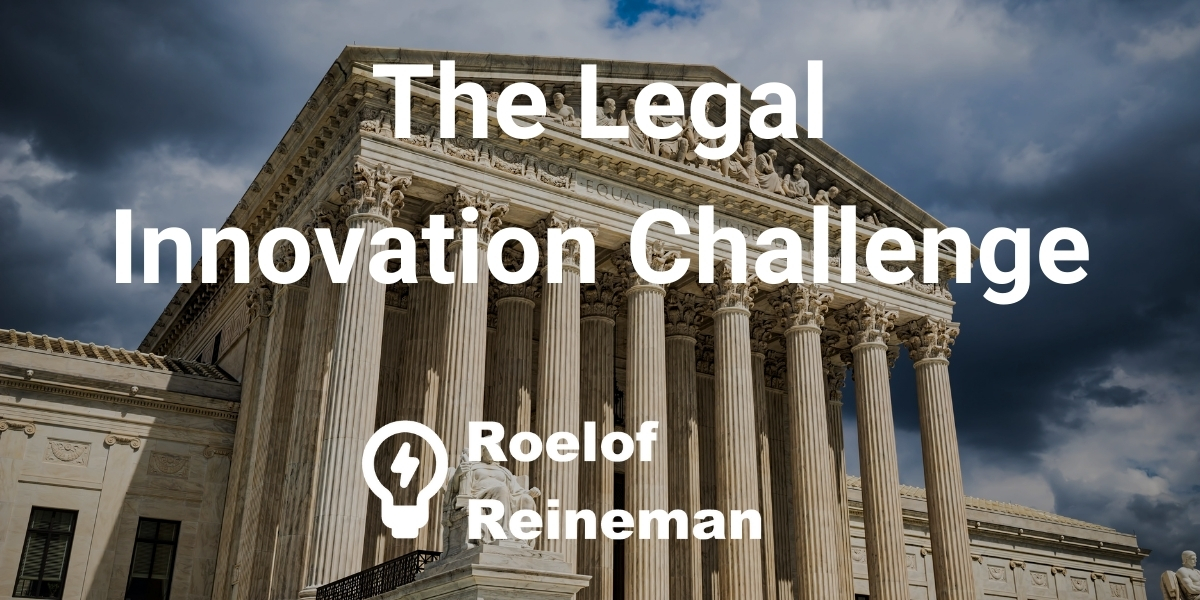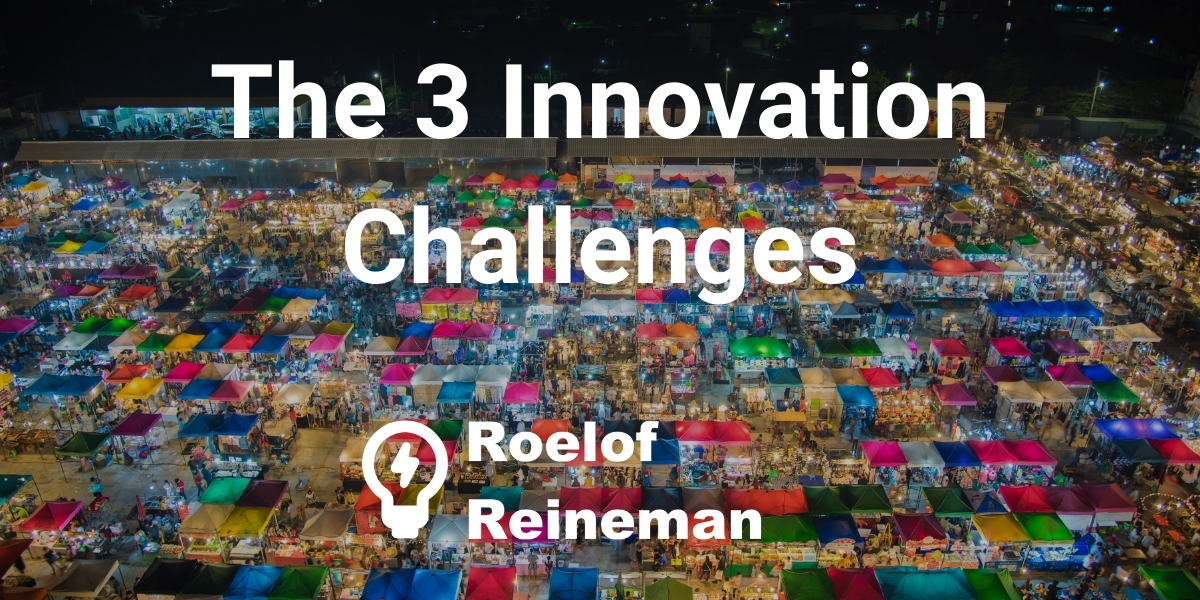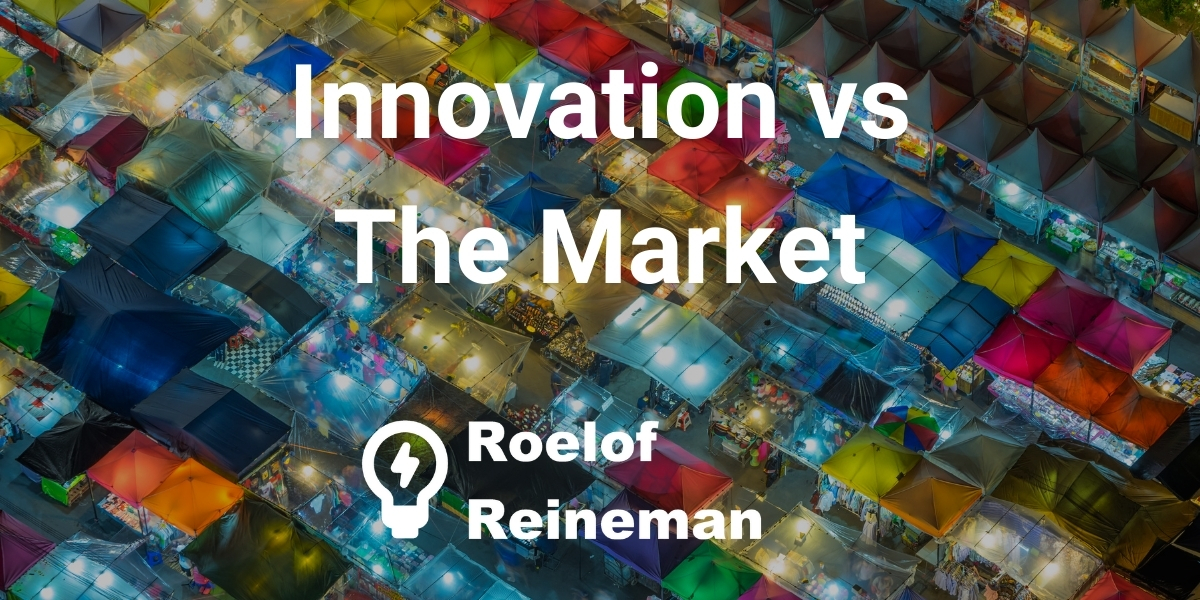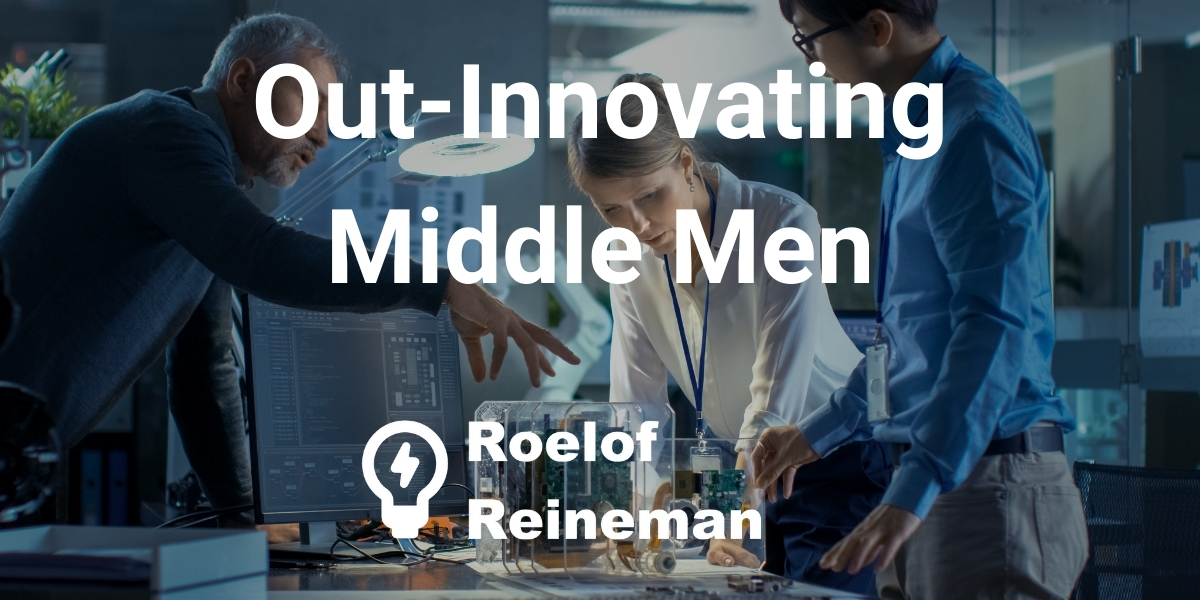With several identified forces in place that prohibit mass adoption of P2P Energy still, let’s dive deeper into one of these factors: The Law.
A disclaimer: I am not a legal expert, nor is this intended as legal advice. The points illustrated here just reflect my opinions on the matter and are fed by my experiences and the information I have gathered from legal experts I have worked with.
A Legal Innovation Killer
Sometimes legal issues block blockchain projects. Does that make the law a bad thing? It is easy to believe so, looking at all discussions on the two. You are led to believe that the law is the enemy of progress, innovation and blockchain in particular. While it is true that certain legal constructs prohibit P2P Energy from successfully launching, the law is also for good reasons. It aims to protect and enable the society as we know it.
Protecting and Enabling
Due to the protective nature of the law, it is hard to try new concepts at large. Laws are rather static, while innovation blazes new trails at ever-higher speeds. We just need to explore how we can facilitate both innovations while making sure we are still sufficiently protected.
Working with The Law
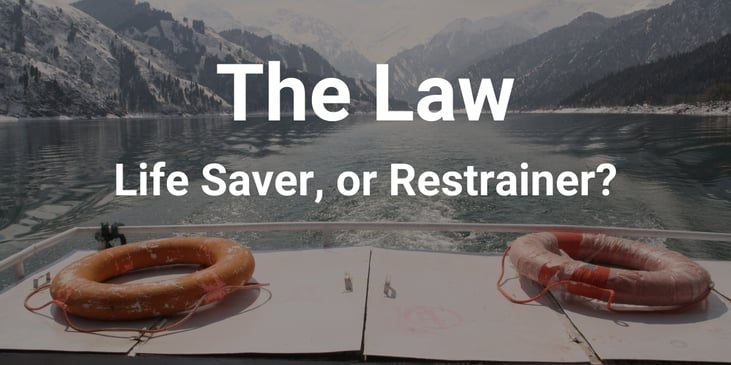
The Law Protects
The law on energy topics is part of a framework, intended to protect consumers. They describe roles and responsibilities. They make sure there is always power and that nobody is allowed to cause a black-out. They deal with who has access to what (personal) data. They ensure that a consumer can just plug in devices at home and can reasonably expect there to always be power. A power that does not damage the devices being plugged in.
The Law Enables
An enabling aspect of the law can be seen with feed-in tariffs. This is a legal framework that guarantees a price for power sold back to the grid by households with solar panels. With this guaranteed price, the certainty in the business case for homeowners increased. With this law in place, people were more inclined to install solar panels on their roof.
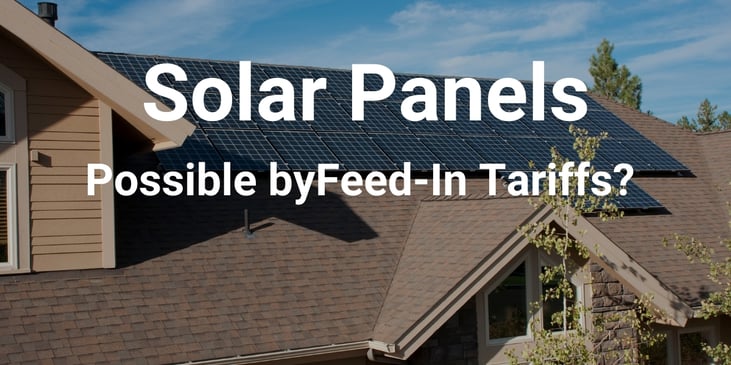
This also created something else that is becoming more and more visible today; with such a guaranteed and decent price, homeowners currently have no financial need to instal storage. Why spend a few thousand euro’s to install a battery at home, when you can use the grid as your storage? This same mechanism is also holding back any commercial incentive for P2P Energy. The price guaranteed is so good, a P2P marketplace can not beat that offer.
I think we should be happy with the feed-in tariffs we had, as they spurred a massive uptake of installed solar panels. But for the next stage in our energy transition, it has to be changed for two reasons:
-
It is not sustainable in the long run when everybody has solar panels,
-
It diminishes any chance for smarter solutions like storage, charging or P2P Energy.
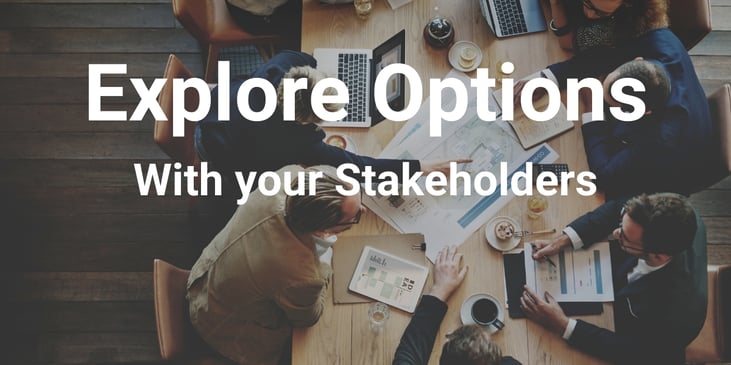
How to Work with The Law
So how to deal with ‘The Law’ while working on your Innovation in Energy? There are a few tips and pointers here:
-
The Law is made by humans, so it can be changed by humans. Treating it as a permanent given is wrong. Saying you will simply changing it, is severely underestimating that challenge. Due to its reach and impact, the many institutions involved, changing is possible but a slow process.
-
When working on your project, involve a legal expert as early as possible. Some of the best and most successful projects I am aware of have had the pleasure of having a legal expert on board from the beginning. It helped them navigate what would comply, and what would not comply.
-
When something will not comply with the law, discuss what the intent of the law is. What is it trying to protect? What would need to happen the maintain that protection, while still allowing the innovation to go through?
-
Sometimes it will not comply, so see if it is possible to pivot your idea. Change the use case to what could fit within the law.
-
Determine the value to your company if it would be possible to have the law changed and that product up and running. Assess if it is worth it to work on changing that law and demonstrating the added value to the lawmakers of your use case. Consider using a so-called ‘sandboxed’ environment for your MVP. Most importantly in this case: be transparent to your stakeholders about this; having expectations that you will change the world can kill a project if it takes longer than expected. Agree on the challenges and timeframes.
Overcoming Legal Challenges
So yes, there are legal barriers to P2P Energy, as there are for many innovations. It is inherent to this field. These laws exist for good reasons, so instead of fighting them, see if you can work with them, or change them. Note that that is not easy, but a good challenge never is, is it?
Involve your legal colleagues as early as possible. They can help you navigate the barriers out there. They can also help you make informed decisions and not resorting to a leap of faith. Are you ready to make your next step and explore your options?

